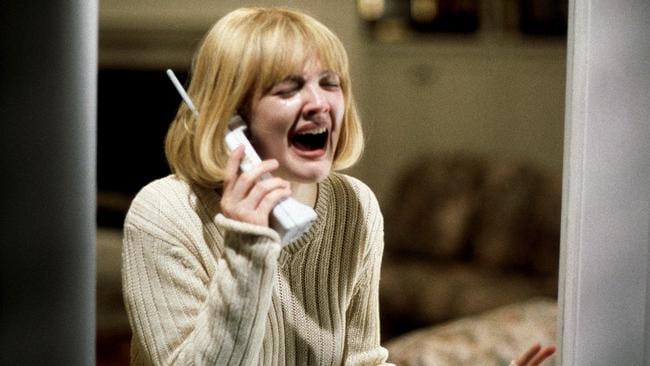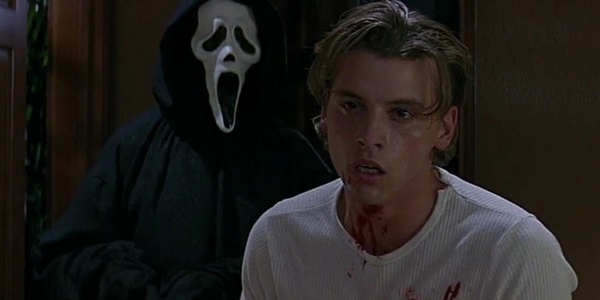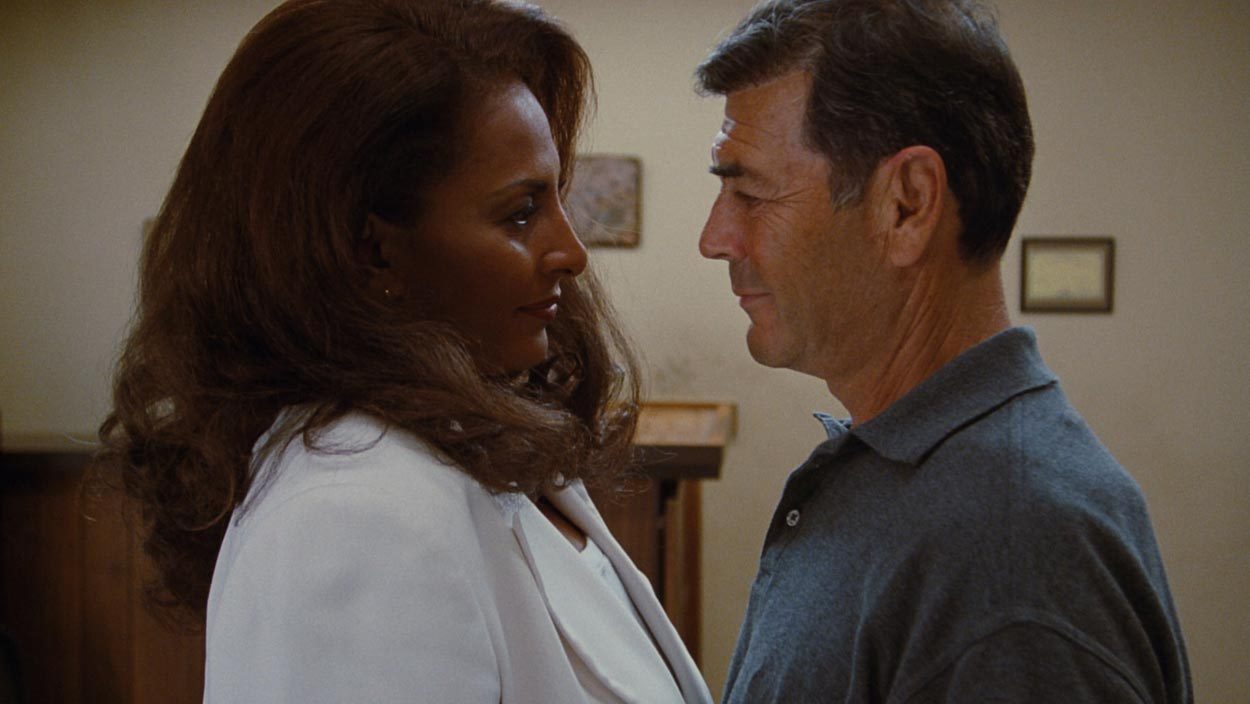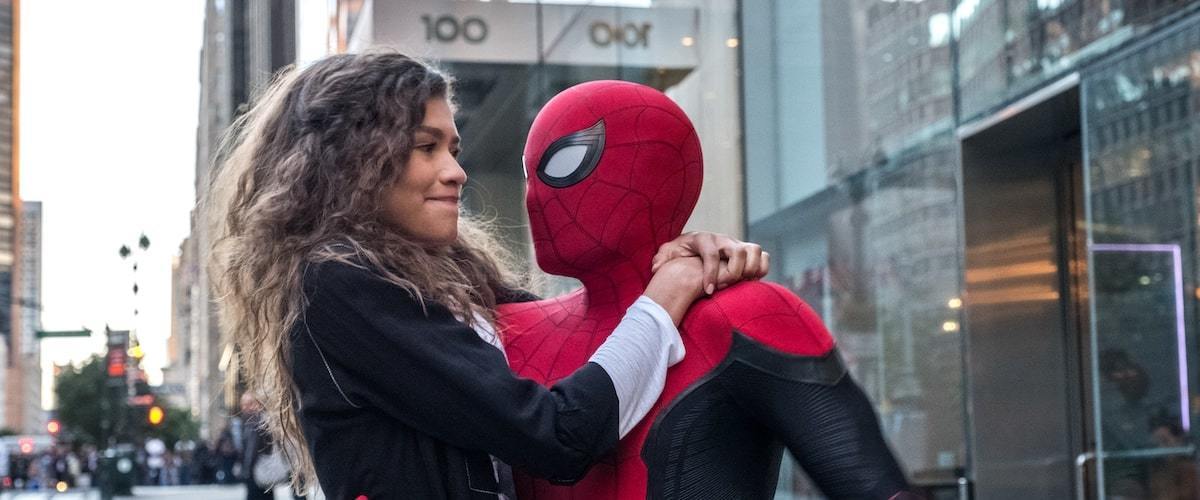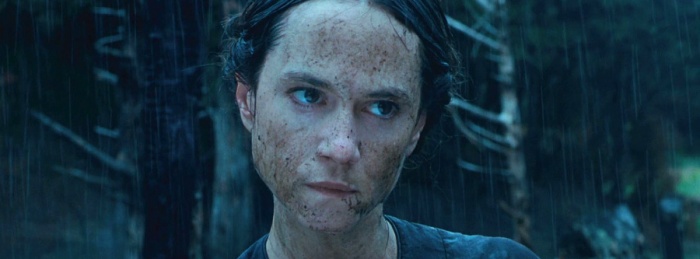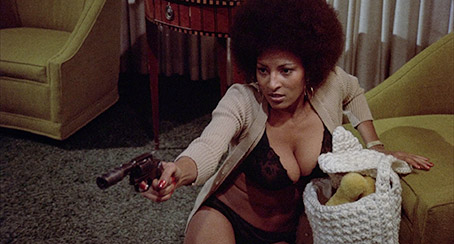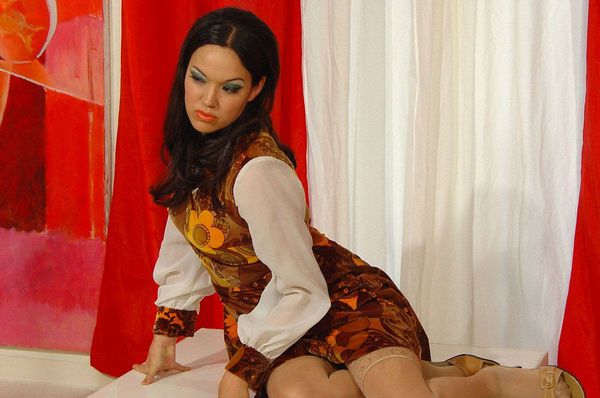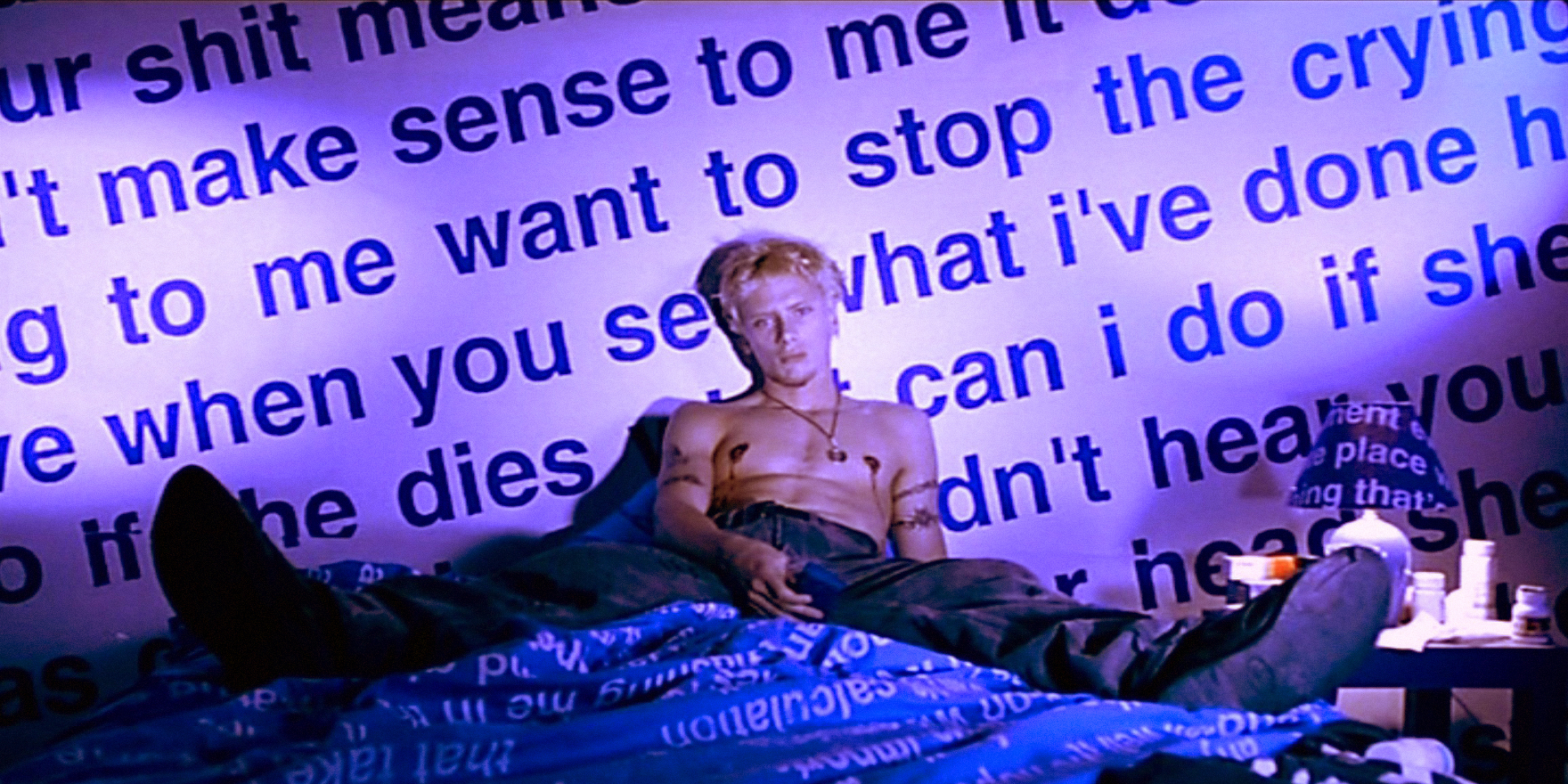9. Doja Cat (additional production Yeti Beats) - Bottom Bitch
The spirit of Nicki Minaj is strong with this one. Part of Minaj's challenge to the male-dominated genre of hip hop is to insist that her work contain not only virtuosic rapping ability but also sounds and signifiers traditionally coded as feminine, and have those latter elements be as garish as possible – hence the prevalence of autotuned singing, bubblegum pop and the colour pink. The reaction to tracks like 'Gun Shot', 'Super Bass' or 'Stupid Ho' from scene gatekeepers demonstrates the challenge such a project entailed. But the world has changed, and artists like Doja Cat have moved into the space Minaj opened up. The album Hot Pink (her favourite colour as well as a signpost to the influence of Minaj's Pink Friday) is great throughout, but I picked this cut because of the disorientating way it co-opts the often sexist and exploitative language of the pimp-prostitute relationship to speak about friendship and loyalty, and in doing so showing how hip hop can be bent and shaped to cater to new communities of listeners.
8. Charly Bliss - Capacity
Charly Bliss trade in the sublime 90s pop-punk of their first album for polished synth-pop straight out of the CHVRCHES rulebook. Given that CHVRCHES already exist and no one could touch Guppy at its peak, I can't help but feel disappointed at this development. First single 'Capacity' does manage to recapture some of the highs of their earlier work, particularly once it gets to the bridge, which is tailor-made for lasers over the main stage of a festival.
7. Dawn Richard (additional production D Berg) - vultures | wolves
The disappointment with Pitchfork's big 2010s lists is that amalgamating the preferences of informed listeners will inevitably favour artists with larger profiles, because those are the names that will appear most often across individual lists. And this constructs an account of the decade that focuses on the most influential music, rather than necessarily the best. Dawn Richard has probably produced the most consistently excellent R&B of the last 10 years, but by various twists of fate her music has bubbled under the surface rather than be recognised for the ambitious suite of work that it is. Anyway, this year's new breed isn't even in the top tier of records she's put out as a solo artist, and it's still essential. I saw her in London in April and her rendition of 'vultures' brought the entire house down.
6. Kehlani feat. Musiq Soulechild (prod. SuperDuperBrick & J Young White) - Footsteps
A sparse but knotty production hooks into the corners of the track while Kehlani lays on some real talk to her partner about her need for recognition and support in order to make a relationship work. 'Footsteps' is a frank conversation between two people taking stock on the inadequacies of young love, and how to build firmer foundations for the future. And the harmonising between Kehlanni and Musiq Soulechild at the end signals that a reconciliation has been achieved, holding out the promise that not all broken things are irrecoverable.
5. Mannequin Pussy - In Love Again
It's probably some sort of rule that rock albums need to end on a series of escalating climaxes piling up on top of each other until they all collapse. This is exactly what happens here – with giant drums and the grandest of pianos pushing up bigger and bigger swells of noise, before unleashing a barrage of blissful guitar solos. The crescendo that accompanies the triumphant line 'I'm in love with you' is followed by a long denouement, as if invoking the work that follows such a declaration to keep the relationship strong over time. Even if that emotional peak is never reached again, there is satisfaction still in the song gradually unspooling outwards, settling into a steady state groove of contentment.
4. Charli XCX (prod. A.G. Cook) - Thoughts
'Gone' is probably a better song, but this beatless solo cut from her very good self-titled album this year just sounds HUGE. Slightly ridiculous comparison, but it's the sort of chest-beating all-caps autotuned melodrama found in something like Lil Durk's drill anthem 'This Ain't What You Want'. The influence of contemporary rap is felt also in the lyrics, which Charli basically freestyled during a long and frustrating session in the studio. A.G. Cook builds a cavern of icy blasting winds at the centre of which Charli bellows and shrieks her deepest and darkest. But despite the doubts about fake friends and failed relationships there's a grim defiance undergirding the track and gives it a strange kind of uplift – big attitude, I don't wanna compromise. Charli is owning her insecurities, and it doesn't sound like they will ever get in her way.
3. pronoun - wrong
In case you couldn't tell, Alyse Vellturo is annoyed. The cause of her anger is communicated pretty directly in the chorus – sitting here feeling sorry for somebody you hate when you know it's wrong – and those lines sound like they're being sung through gritted teeth. And yet all the mounting rage and frustration of the situation is channelled into a very tightly put together pop song with a cheery dual-guitar riff that slices through at key moments. It's a skillfully wound contraption – sparks flying from the effort of containing all that energy within yourself, and transforming it into something new and delightful.
2. Clairo (additional production Rostam & Peter Cottontale) - North
Slightly ashamed to be falling for an album that could easily be factored into a general critique of soulful background music designed to slot neatly into Spotify playlists – all idiosyncrasies treated as irritants and ruthlessly shaved off to produce a smooth, mellow flow of bland ambience that goes in one ear and out the other. All I can say is that there's something captivating about Immunity that makes it stand out regardless of how easily it goes down. Its best tracks create a wonderful tension between the mumbled, barely audible vocals and the roiling emotions they partly conceal. 'North' is not an obvious pick from the album, but as a tale of young lust on the edge of revealing itself, and set to a driving motorik beat, it is entrancing like little else this year. The slight distortion on the final chorus, corroding the vocal yet further with the desperation of desire, is just the right final touch.
1. American Football feat. Hayley Williams - Uncomfortably Numb
A lattice of interweaving guitar parts soundtrack the back and forth between two interior monologues cataloguing the gradual disintegration of a relationship. Emo grown up, grown tired, grown depressed and despondent, but this being American Football there's still this romantic yearning for a connection despite all the obstacles in the way. It's an unhappy ending – the two voices only occasionally harmonise before branching off in different directions. But the music itself is so hypnotically beautiful that it could fool you into thinking there's still some hope left.
Some other records I liked this year
Beats:
Octo Octa - Resonant Body
Pugilist - Blue 06
TC4 - Ola EP
Kara Marni & Champion - All Night, Pt 1
India Jordan - DNT STP MY LV EP / WARPER EP
Special Request - VortexAir Max '97 - Ice Bridge
Kasper Marott - Drømmen om Ø (Forever Mix '19)
Skee Mask - Iss004 EP (the bits that sound most like Compro)
Plaid - Maru (Skee Mask Remix)
Christoph De Babalon - Hectic Shakes EP
Guitars:
Great Grandpa - Four of Arrows
Martha - Love Keeps Kicking
Sacred Paws - Run Around The Sun
Origami Angel - Somewhere CityGrime and progeny:
Bru-C & Window Kid feat. Pubman, KDot, Kamakaze & Devilman - Bits (Remix)
Durrty Goodz (prod. Beekay) - Brexit
Pinch & Trim - That Wasn't It
Sidhu Moose Wala, MIST & Steel Banglez feat. Stefflon Don - 47
Shakka feat. Mr Eazi (prod. Banx & Ranx) - Too Bad BadCadell feat. Sense & Delusion (prod. Wize) - Don't Lack
No Hats No Hoods compilation - London To Addis
Slimzos Recordings compilation - Time
Chill:
Meitei - Komachi
Leif - Loom Dream
H.Takahashi - Sonne Und Wasser
Mikron - SeveranceAkasha System - Echo Earth
Kornél Kovács - Stockholm Marathon
Robag Wruhme - Venq Tolep
Kankyō Ongaku: Japanese Ambient, Environmental & New Age Music 1980-1990 (the bits available on digital)













.jpg)






